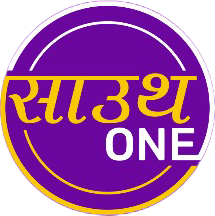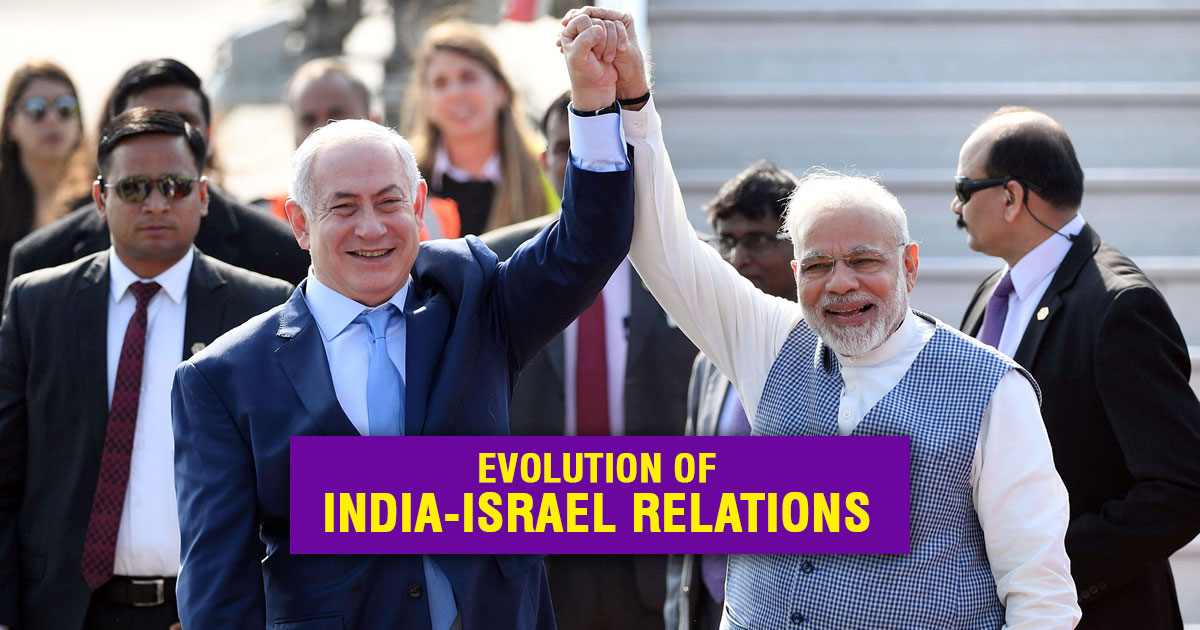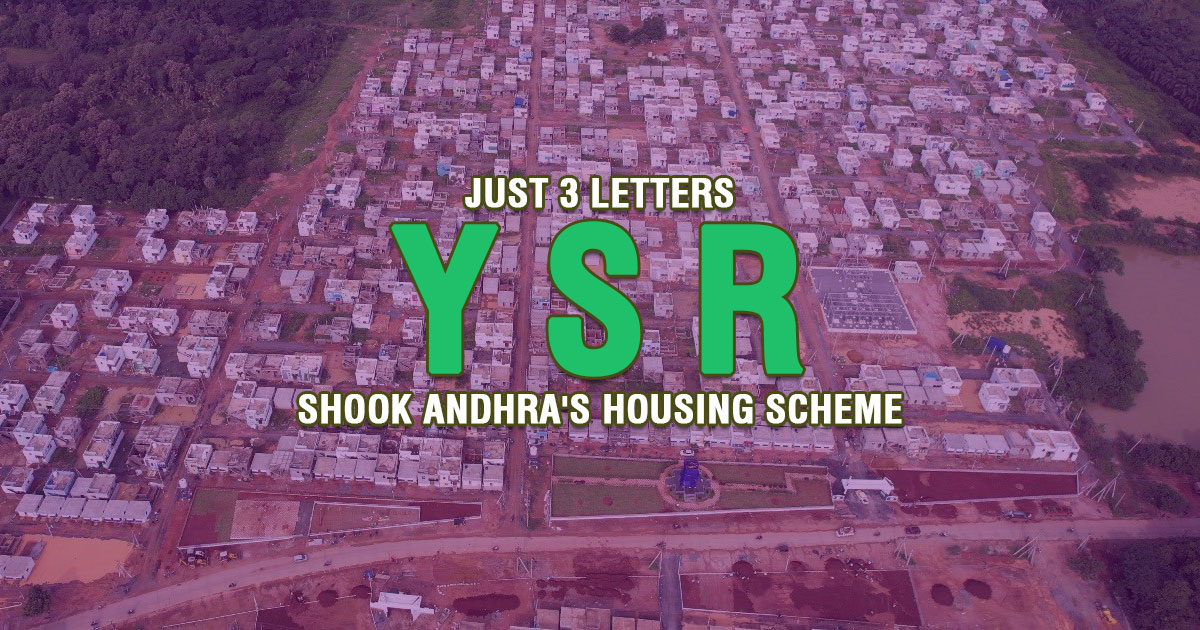In a highly anticipated and closely watched case, India’s Supreme Court recently handed down a unanimous verdict rejecting petitions seeking the legalization of same-sex marriage in India. The ruling, issued by a five-judge Constitution Bench led by Chief Justice of India, D Y Chandrachud, The bench ruled in a 3:2 verdict against civil unions for non-heterosexual couples. It comprised Justices Sanjay Kishan Kaul, Ravindra Bhat, Hima Kohli and PS Narasimha., the verdict has generated plethora of opinions about the fundamental rights of LGBTQIA+ individuals and the role of the judiciary in shaping social norms.
#BREAKING | #SupremeCourt strikes down CARA regulation restricting queer and unmarried couples from adoption.
— South One (@SouthOneNews) October 17, 2023
#SupremeCourtofIndia #CARA #LGBT #Queer #SameSexMarriage #cjidychandrachud #cjichandrachud pic.twitter.com/znN9RkNoeO
All before the Court
The central question before the court was whether non-heterosexual couples in India have the right to marry, and whether the provisions of the Special Marriage Act, which defines marriage as a union between a man and a woman, could be amended to accommodate same-sex marriages.
The unanimous decision held that there is no inherent fundamental right for non-heterosexual couples to marry. Instead, the court’s majority opinion asserted that the issue of same-sex marriage should be addressed by the legislature, not the judiciary.

Chief Justice Chandrachud, delivering the judgment, emphasized the court’s limitations in striking down provisions of the Special Marriage Act. He advocated for parliamentary intervention, suggesting that the responsibility to address the concerns of the LGBTQIA+ community rests with the lawmakers. While he acknowledged the right of same-sex couples to enter civil unions under the framework of the Constitution, he stopped short of endorsing full-fledged marriage rights.
Justice Sanjay Krishan Kaul, concurring with the Chief Justice, also supported the idea of civil unions for non-heterosexual couples. However, Justices S Ravindra Bhat, Hima Kohli, and P S Narasimha offered dissenting views, suggesting a potential division within the judiciary on this crucial matter.
While the judgment may disappoint those hoping for a historic step towards marriage equality in India, Chief Justice Chandrachud’s issuance of directives and guidelines to prevent discrimination against the queer community underscores the court’s commitment to safeguarding their rights. These guidelines provide a glimmer of hope, indicating that despite the verdict, the judiciary remains mindful of the vulnerable position of LGBTQIA+ individuals in society.
Assertions and Defences:
The decriminalization of homosexuality in 2018 marked a historic victory, overturning Section 377 of the Indian Penal Code, which criminalized same-sex relationships. Despite this, legal recognition of same-sex marriages is yet to be achieved.
Advocates for same-sex marriage argue that it is a fundamental human right and would promote equality and inclusivity in society. They contend that legalizing same-sex marriage would provide LGBTQ+ individuals with the same rights and protections as heterosexual couples, reducing discrimination and promoting social acceptance. They also emphasize that this move aligns with the principles of secularism and democracy outlined in the Indian Constitution.
Opponents of same-sex marriage, often citing cultural and religious beliefs, argue that it undermines traditional family values and could negatively impact children raised by same-sex couples. They contend that marriage is a sacred institution between a man and a woman and altering this definition would erode cultural and religious traditions.
The LGBTQ+ community in India has faced a long history of discrimination, with Section 377 being in place since the colonial era. Activists and organizations have made significant strides, leading to the decriminalization of homosexuality and recognition of transgender rights. However, the journey towards full acceptance, legal recognition of same-sex marriage, and comprehensive anti-discrimination laws is ongoing. Challenges remain, including societal prejudices and opposition from conservative groups.
“So Close, yet so far”
The debate ignited by this verdict will likely continue to shape public discourse in India, prompting discussions on the intersection of law, morality, and societal progress. As the LGBTQIA+ community and its allies navigate this legal landscape, the quest for equal rights and social acceptance presses on, challenging the nation to confront its deeply ingrained prejudices and embrace a more inclusive future.








[…] Also Read: India’s LGBTQ+ Community Fights For Equal Rights: A Battle For Recognition And Acceptance …Conti… […]